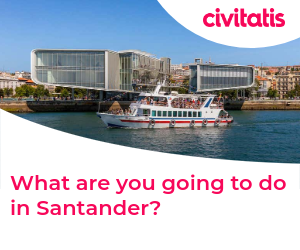Let's begin with the preparations for your trip to Cantabria!
If you’re reading this it’s probably because you’ve heard of a cool place called Santander and started to prepare a trip to Cantabria.
… or maybe you stumbled upon it while browsing Ryanair destinations or saw it on Google Maps near Bilbao or San Sebastian.
Whatever the reason HiCantabria is here to help. Amidst the vast sea of information about the region online, We’ll cut to the chase – Cantabria is an autonomous region in Spain, and its capital is Santander (yes, where Santander Bank originated).
Before we delve into towns, monuments, and activities, let’s take a moment to plan your journey. Explore the essential sections we’ve curated for you, right from the comfort of your home sofa!
Best time to visit Cantabria
It’s not an easy question as the weather is highly variable, but our preference leans towards the summer months (June, July, August, and September). During this time, there are plenty of activities, parties, and the best weather. The sea water temperature is acceptable, considering we are on the Atlantic coast.
However, there are two significant drawbacks in summer: everything is crowded, and some services may not be as good as the rest of the year.
The first two weeks of September make for a perfect alternative – the weather is still good, and the crowds have lessened.
The first half of the year is an option, but be prepared for cold and rainy weather until May.
December and the first week of January are bustling with activities due to Christmas holidays.
In our opinion, October and November are less favorable times, with fewer sun hours and occasionally extreme weather conditions.
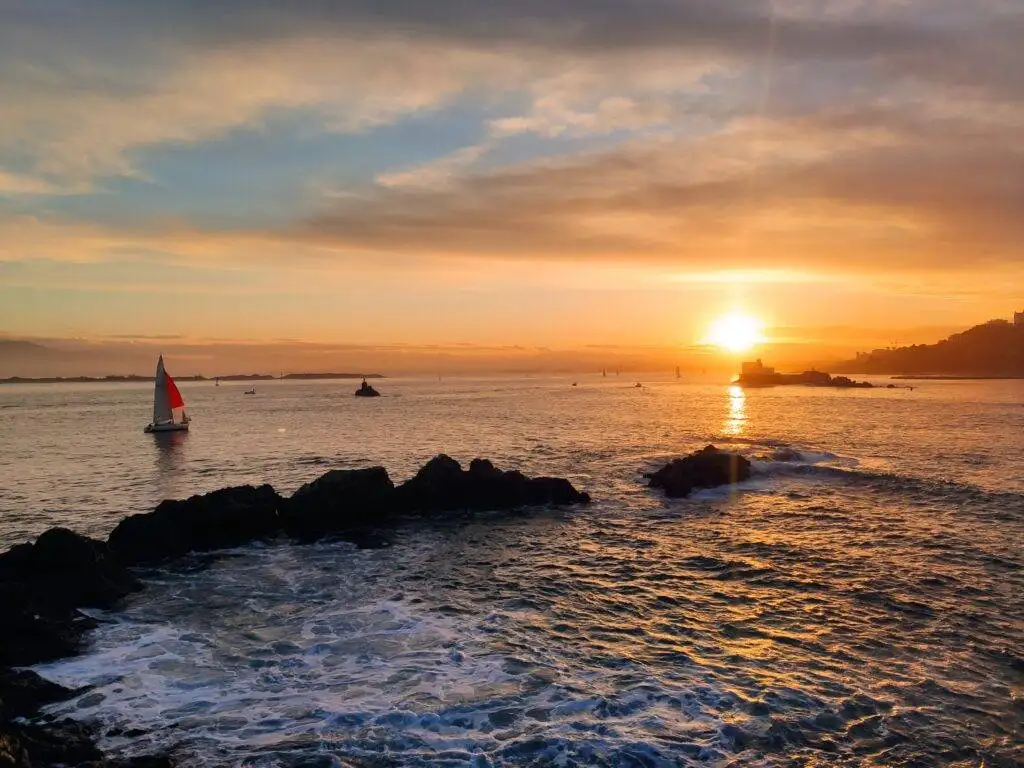
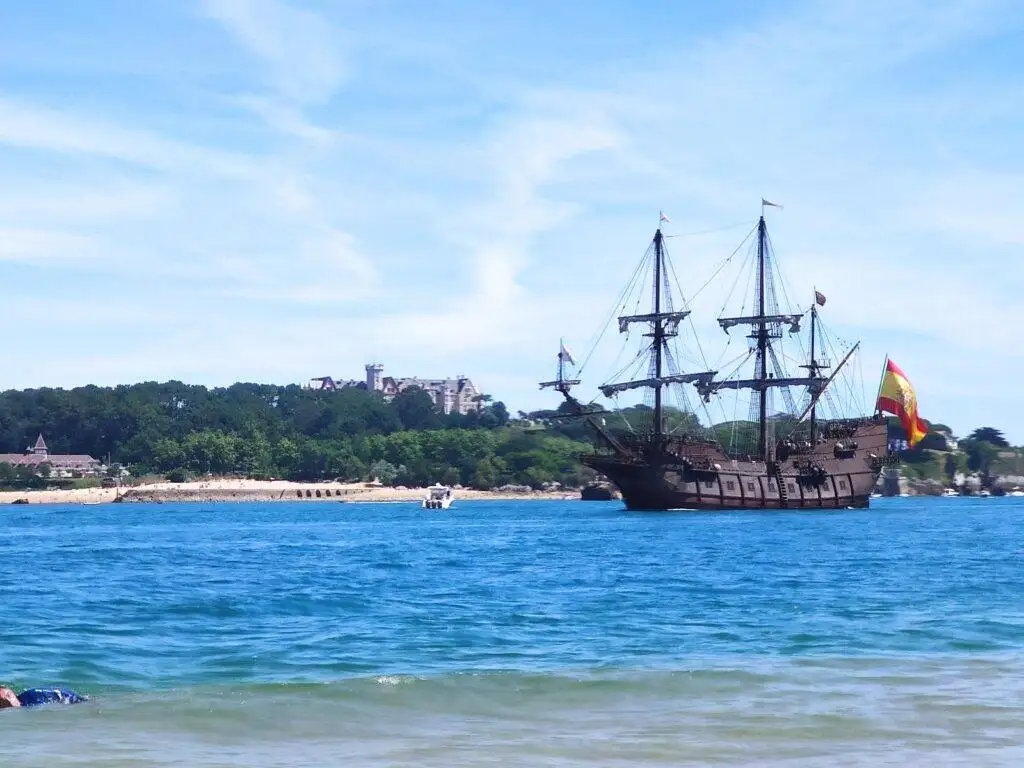
How to get to Cantabria
For many years, communication was an issue, which might explain why finally it is becoming a popular destination now.
By plane: There are two international airports within 100 km (Santander and Bilbao). The first one is just 5 km away from Santander centre and offers direct connections with cities such as London, Paris, Dublin, Manchester, Rome, or Barcelona (Ryanair, Vueling, Iberia, Wizzair are some of the airlines operating). Bilbao airport has an even larger number of international connections.
From Santander airport to the city center, you can take a bus, taxi, or Cabify. From Bilbao airport, it is more complicated since it requires a car or taking a direct bus from Bilbao center.
For more information please check our section: getting from Santander Airport to the city center,
By train: Two to three times per day, very comfy high-speed trains connects Madrid with Santander (almost 5 hours).
Renfe operates this connection with their Alvia trains.
By bus: There are direct daily connections with cities such as Madrid, Bilbao, or Barcelona (this one is a long distance!). You can directly book with ALSA or Flixbus.
By ferry: There is a direct ferry with the UK, and you can bring your own car. Brittany Ferries run a couple of frequencies per week.
By car: Cantabria is well-connected with its neighbours thanks to free highways plus a very well-maintained secondary network of roads.
Clothing
Additionally, it’s crucial to note that the northern coast of Spain tends to be humid. This can lead to feeling very cold at just 10 degrees Celsius or uncomfortably hot at temperatures ranging from 25 to 30 degrees.
Ensure you pack a thin jacket in your suitcase, even during the warmest months of the year. Furthermore, consider bringing waterproof shoes, especially during the obligatory seasons of autumn, winter, and spring.
Lastly, and particularly in Santander, it’s worth mentioning that locals tend to dress conservatively. If you wish to blend in, opt for attire such as polo shirts, which are quite common among men.
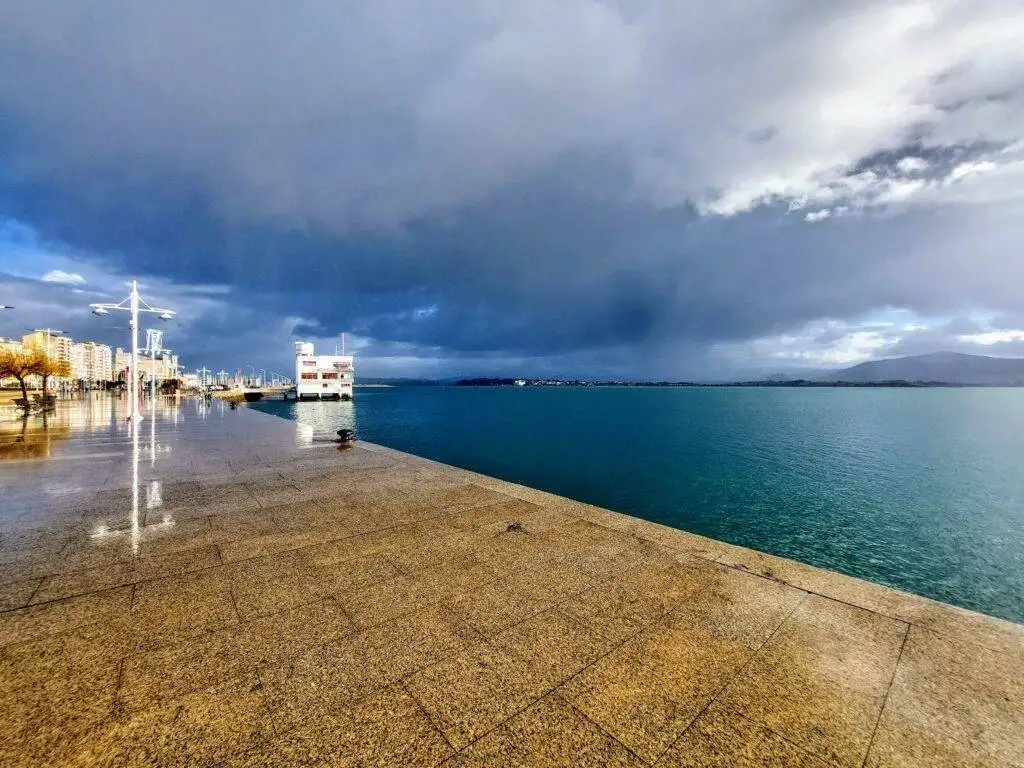
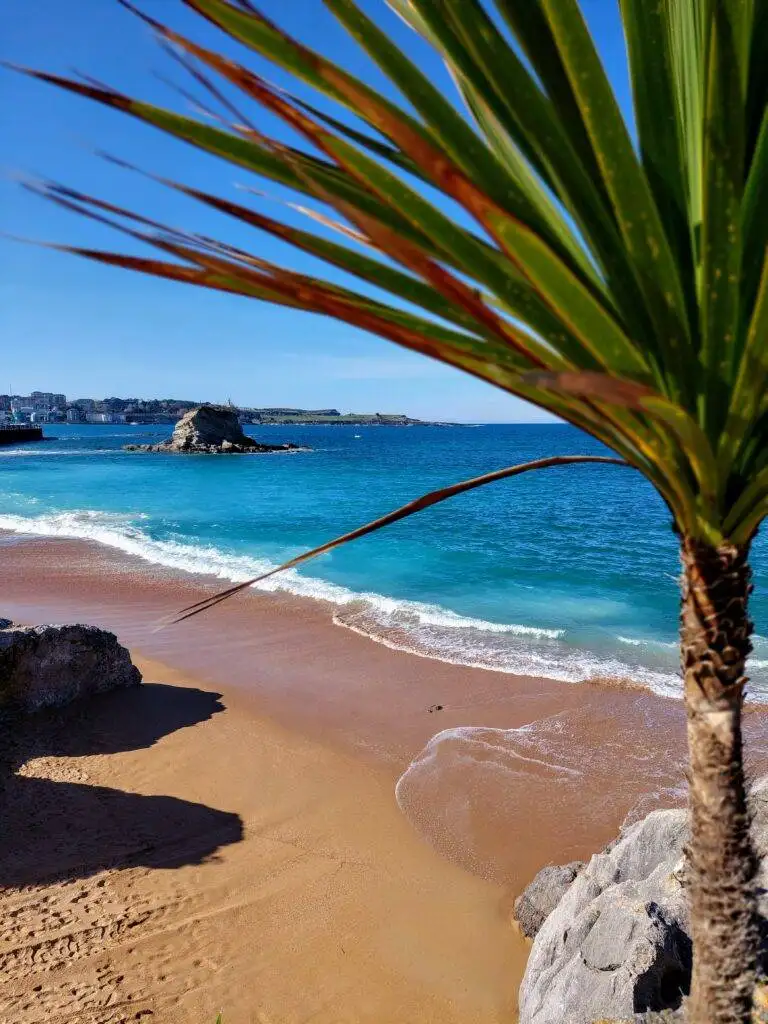
Where to stay in Cantabria
You have numerous options for accommodations when staying in Cantabria, depending on your preferences and activities.
Firstly, there is a diverse range of hotels, spanning from luxurious options like the Hotel Real in Santander to alternatives like AirBNB. You can also find high-altitude mountain hotels around Potes or campsites in surfing towns such as Somo or Suances.
If you intend to explore Cantabria from a centralized location, we recommend staying in Santander. Within Santander, you have two primary options:
The city center, ideally situated within the triangle formed by the “Palacio de Festivales,” “Ayuntamiento (City Hall),” and “Las Estaciones (Train Station).” This area offers excellent connections, a plethora of restaurants, bars, cultural events, and year-round shopping opportunities.
El Sardinero, a great choice for the summer due to its proximity to beaches like Sardinero Beach, Mataleñas, or El Camello. Notable establishments include the Michelin-starred “El Serbal,” the “El Sardinero” football stadium, or the bars in “La Cañía.” Keep in mind that this area tends to be less vibrant during late autumn, winter, and early spring.
We recommend you to take a look at our blog post: The 10 Best Hotels in Santander
If you’re a fan of water sports, particularly surfing or kitesurfing, the town of Somo is an ideal summer destination.
Torrelavega, the second-largest city in Cantabria, is somewhat industrial but strategically located amidst all Cantabrian tourist attractions.
For those interested in exploring the mountains, consider the charming town of Potes in the Picos de Europa, surrounded by cozy hotels. Additionally, the Asturias region is nearby if you wish to extend your visit.
If you’re looking to expand your journey into the Basque Country (Bilbao / San Sebastián), Castro Urdiales or Laredo are worth considering.
More to consider
If you plan to explore the region, renting a car is almost essential when organizing a trip to Cantabria. Two main locations for doing so are available: the airport and the train station area (“Las Estaciones”).
The public health system is highly reliable. If you are a European Union citizen, remember to bring your European health card; otherwise, a private insurance policy is necessary.
Although credit cards are widely accepted, we advise carrying some pocket money, as cash payments are still quite common in Spain. If you are bringing cash in a currency other than the Euro, please be aware that finding currency exchange offices is challenging, except at the airport, where you can find one, albeit with not the most favorable rates.
While English can be spoken in tourist areas, it’s helpful to know some basic Spanish phrases. Locals appreciate efforts to communicate in their language.
In Cantabria, like the rest of Spain, 220V European sockets (Type C) are exclusively used. Therefore, it may be challenging to find adapters if needed.
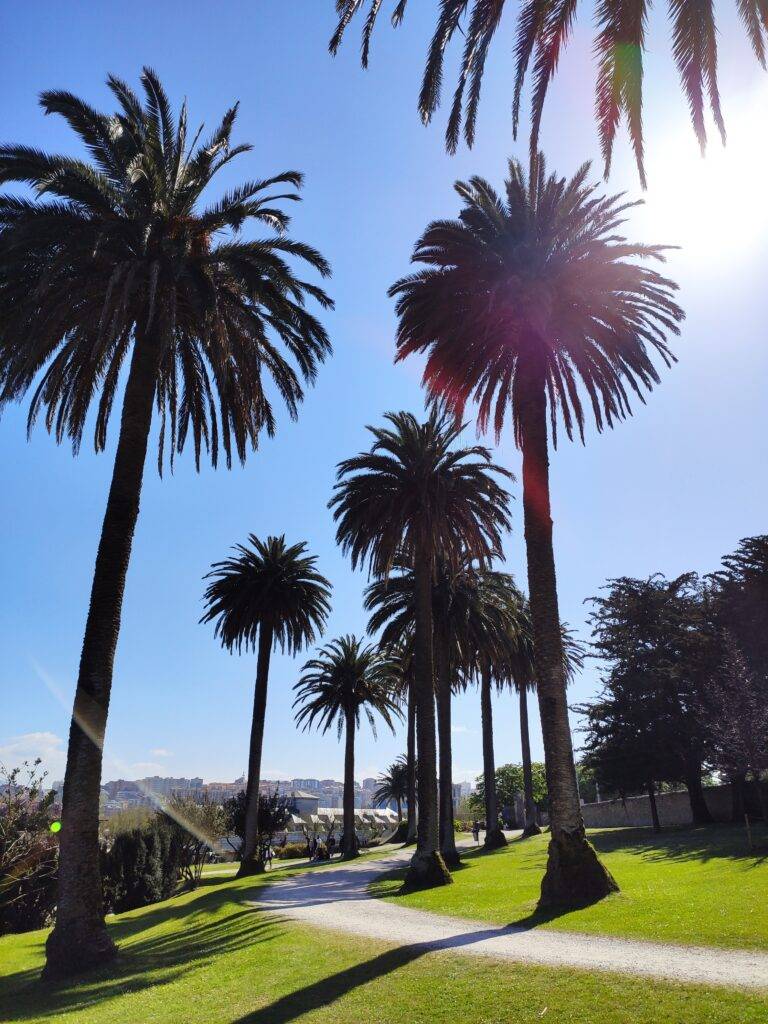
Require additional information or have any suggestions? Get in touch with us! Get in touch with us!
Important Information!
Our new community is live! Click the button below to join, share tips, or ask questions with other members.

